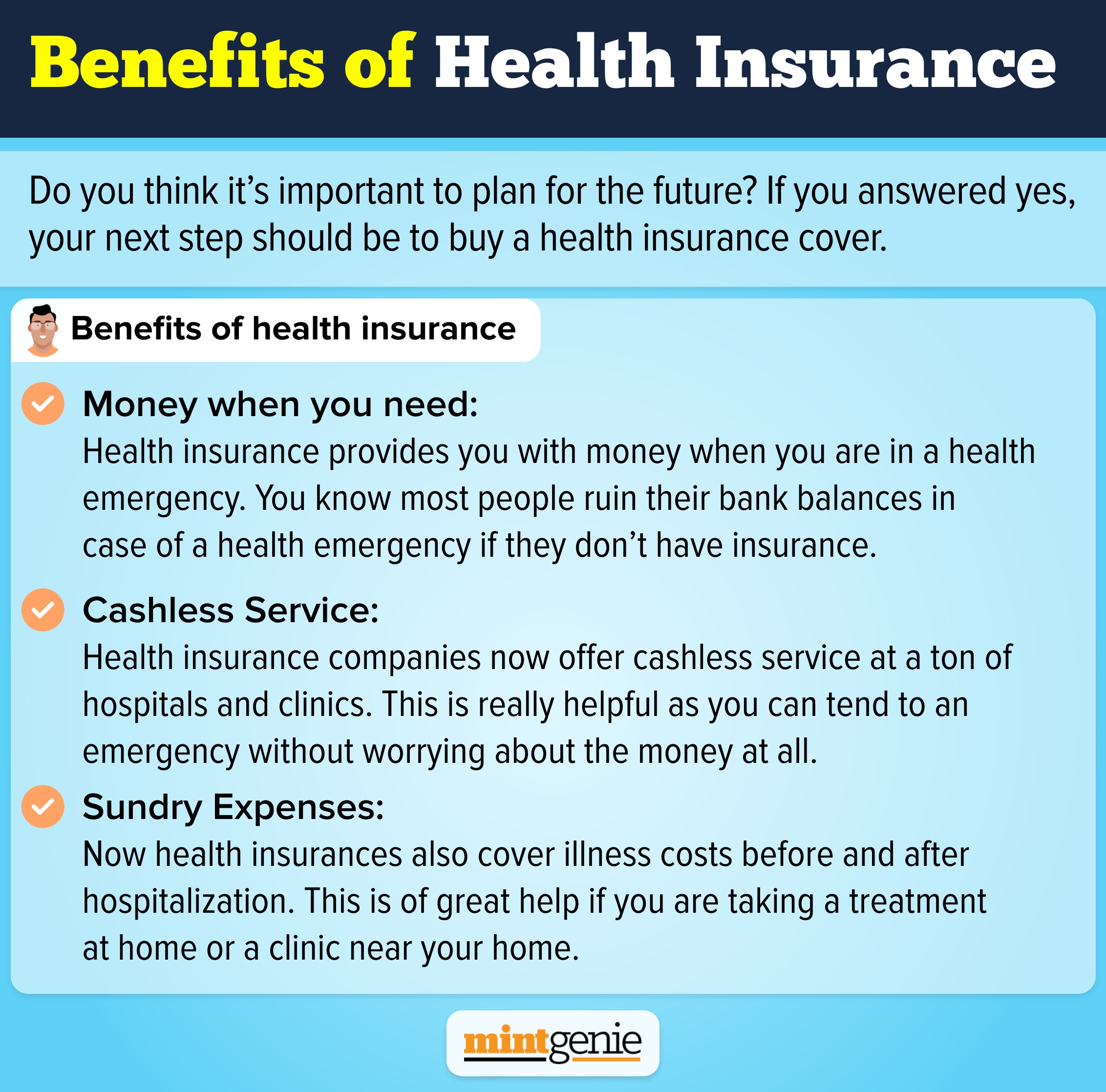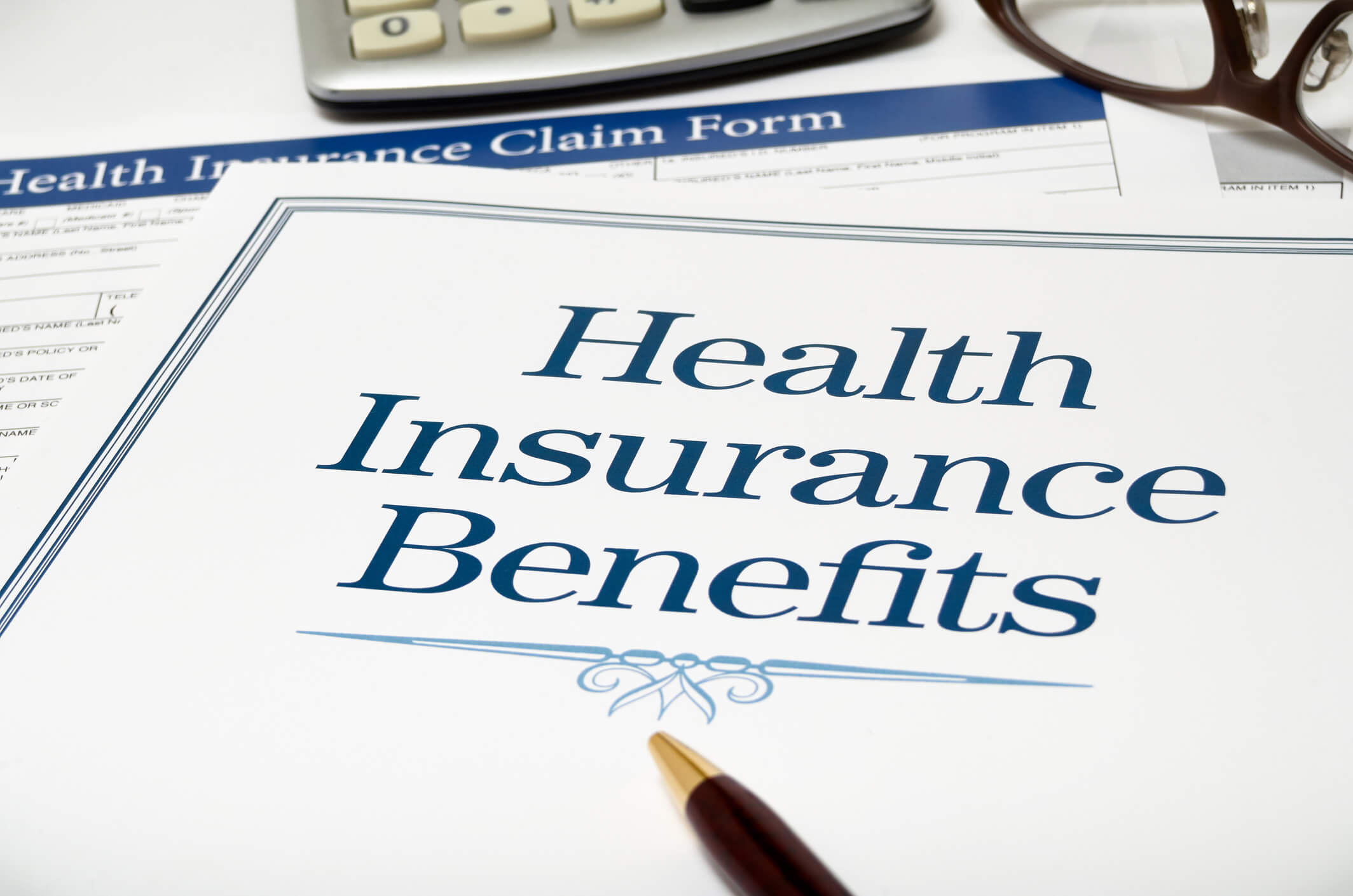The Buzz on Insurance In Toccoa, Ga
The Buzz on Insurance In Toccoa, Ga
Blog Article
Top Guidelines Of Annuities In Toccoa, Ga
Table of ContentsAn Unbiased View of Automobile Insurance In Toccoa, GaMedicare/ Medicaid In Toccoa, Ga for Dummies5 Simple Techniques For Commercial Insurance In Toccoa, GaLittle Known Facts About Life Insurance In Toccoa, Ga.

1 and 3. 2 (Medicare/ Medicaid in Toccoa, GA), for additional details. New immigrants represent a considerable proportion of people without medical insurance. One analysis has actually associated a considerable section of the current development in the dimension of the U - https://www.coursera.org/user/2ed71959851e35217cfe101f03dde3ba.S. without insurance population to immigrants that got here in the country in between 1994 and 1998 (Camarota and Edwards, 2000)
Health and wellness insurance coverage is a vital aspect in the majority of designs that depict accessibility to health treatment. The partnership in between wellness insurance policy and accessibility to care is well established, as recorded later in this phase. The connection between health and wellness insurance policy and health outcomes is neither direct nor basic, a comprehensive clinical and health services research literary works links wellness insurance policy protection to better accessibility to care, better quality, and enhanced individual and population health condition.
Little Known Questions About Final Expense In Toccoa, Ga.
The problems faced by the underinsured are in some areas comparable to those encountered by the without insurance, although they are typically less severe. Uninsurance and underinsurance, nonetheless, entail clearly various plan problems, and the approaches for resolving them might differ. Throughout this research and the five records to follow, the major emphasis gets on persons without health insurance and thus no support in spending for healthcare past what is available via charity and safety and security web establishments.

Medical insurance is a powerful factor impacting receipt of care due to the fact that both individuals and medical professionals react to the out-of-pocket cost of services. Medical insurance, however, is neither needed nor sufficient to access to medical solutions. However, the independent and direct effect of medical insurance protection on access to health and wellness services is well developed.
Others will get the health and wellness care they require also without health insurance coverage, by paying for it expense or seeking it from suppliers who use care totally free or at highly subsidized prices - Annuities in Toccoa, GA. For still others, medical insurance alone does not make sure invoice of care due to the fact that of other nonfinancial barriers, such as a lack of health and wellness care carriers in their area, limited accessibility to transport, illiteracy, or etymological and cultural differences
The 20-Second Trick For Medicare/ Medicaid In Toccoa, Ga
Formal research about uninsured populaces in the United States dates to the late 1920s and very early 1930s description when the Board on the Price of Healthcare produced a series of records about financing doctor office check outs and hospital stays. This problem came to be prominent as the varieties of medically indigent climbed during the Great Depression.
Empirical studies regularly support the link in between access to care and improved health outcomes (Bindman et al., 1995; Starfield, 1995). Having a regular resource of care can be considered a forecaster of access, rather than a straight action of it, when wellness results are themselves used as gain access to indicators.
Our Life Insurance In Toccoa, Ga PDFs

Emergency divisions are portrayed as a costly and inappropriate website of key treatment services, lots of uninsured patients seek treatment in emergency situation divisions because they are sent out there by various other health treatment suppliers or have no place else to go. Emergency treatment experts suggest that the country's emergency departments not just function as providers of last hope yet are a vital entry factor into the healthcare system (O'Brien et al (https://independent.academia.edu/JimThomas83)., 1999)
Phase 2 gives a review of just how employment-based medical insurance, public programs and specific insurance policy plans run and communicate to provide substantial yet incomplete insurance coverage of the U.S. populace. This consists of an evaluation of historical trends and public policies affecting both public and exclusive insurance, a discussion of the communications among the different types of insurance, and an evaluation of why individuals move from one program to one more or end up without coverage.Chapter 3 manufactures existing details to reach a composite description of the uninsured: What characteristics do people without insurance coverage often share? Where do the uninsured online? The phase likewise presents info concerning the risk of being or coming to be uninsured: Exactly how does the possibility of being uninsured adjustment relying on selected features, such as racial and ethnic identity, country or urban residency, and age? What are the probabilities for specific populaces, such as racial and ethnic minorities, rural homeowners, and older working-age individuals, of being uninsured? Exactly how does the possibility of being uninsured change over a life time? Along with identifying the chance of being uninsured in terms of a solitary dimension, such as sex, age, race, work status, or geographic area, Phase 3 Provides the outcomes of multivariate evaluations that offer an even more helpful representation of the elements that add to the opportunities of being without insurance.
Report this page